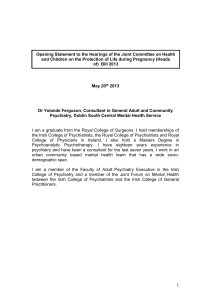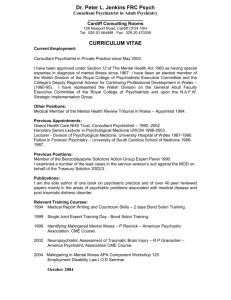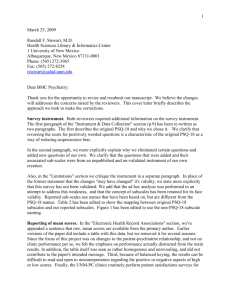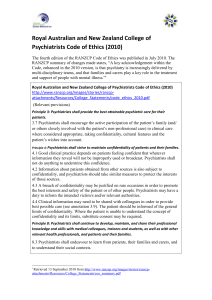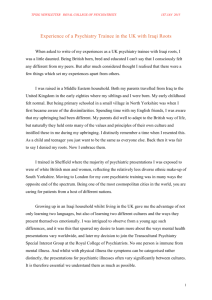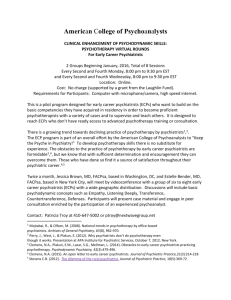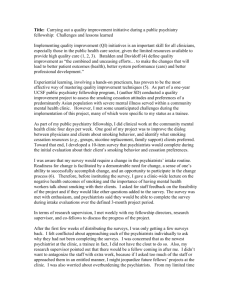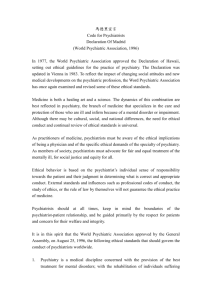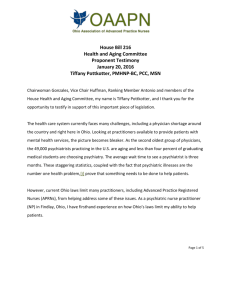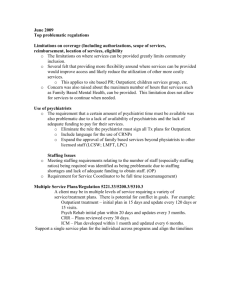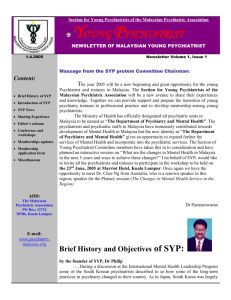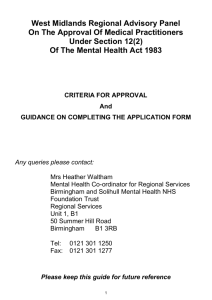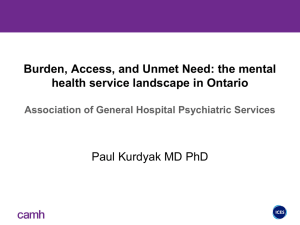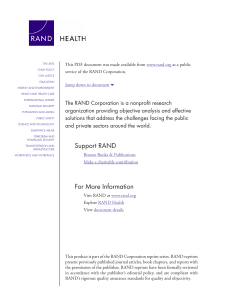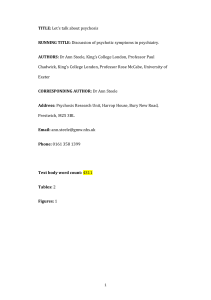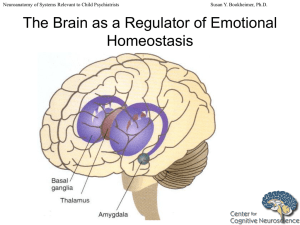Opening statement: Dr. John Sheehan, Rotunda hospital, Dublin As
advertisement
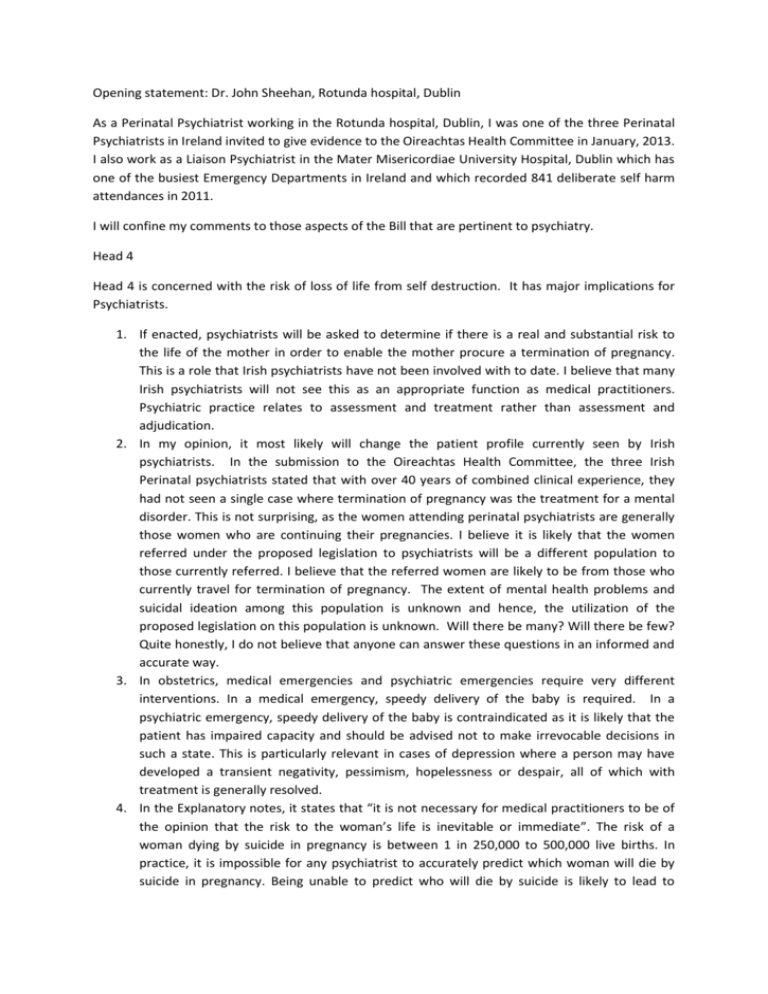
Opening statement: Dr. John Sheehan, Rotunda hospital, Dublin As a Perinatal Psychiatrist working in the Rotunda hospital, Dublin, I was one of the three Perinatal Psychiatrists in Ireland invited to give evidence to the Oireachtas Health Committee in January, 2013. I also work as a Liaison Psychiatrist in the Mater Misericordiae University Hospital, Dublin which has one of the busiest Emergency Departments in Ireland and which recorded 841 deliberate self harm attendances in 2011. I will confine my comments to those aspects of the Bill that are pertinent to psychiatry. Head 4 Head 4 is concerned with the risk of loss of life from self destruction. It has major implications for Psychiatrists. 1. If enacted, psychiatrists will be asked to determine if there is a real and substantial risk to the life of the mother in order to enable the mother procure a termination of pregnancy. This is a role that Irish psychiatrists have not been involved with to date. I believe that many Irish psychiatrists will not see this as an appropriate function as medical practitioners. Psychiatric practice relates to assessment and treatment rather than assessment and adjudication. 2. In my opinion, it most likely will change the patient profile currently seen by Irish psychiatrists. In the submission to the Oireachtas Health Committee, the three Irish Perinatal psychiatrists stated that with over 40 years of combined clinical experience, they had not seen a single case where termination of pregnancy was the treatment for a mental disorder. This is not surprising, as the women attending perinatal psychiatrists are generally those women who are continuing their pregnancies. I believe it is likely that the women referred under the proposed legislation to psychiatrists will be a different population to those currently referred. I believe that the referred women are likely to be from those who currently travel for termination of pregnancy. The extent of mental health problems and suicidal ideation among this population is unknown and hence, the utilization of the proposed legislation on this population is unknown. Will there be many? Will there be few? Quite honestly, I do not believe that anyone can answer these questions in an informed and accurate way. 3. In obstetrics, medical emergencies and psychiatric emergencies require very different interventions. In a medical emergency, speedy delivery of the baby is required. In a psychiatric emergency, speedy delivery of the baby is contraindicated as it is likely that the patient has impaired capacity and should be advised not to make irrevocable decisions in such a state. This is particularly relevant in cases of depression where a person may have developed a transient negativity, pessimism, hopelessness or despair, all of which with treatment is generally resolved. 4. In the Explanatory notes, it states that “it is not necessary for medical practitioners to be of the opinion that the risk to the woman’s life is inevitable or immediate”. The risk of a woman dying by suicide in pregnancy is between 1 in 250,000 to 500,000 live births. In practice, it is impossible for any psychiatrist to accurately predict which woman will die by suicide in pregnancy. Being unable to predict who will die by suicide is likely to lead to multiple “false positives”. As psychiatrists, we are trained to assess and treat not to predict the future. 5. There is no time limit set in the Heads i.e. termination could theoretically occur up to the time of delivery. Late abortion could potentially have very deleterious effects on a mother’s mental health.
